Contact Pacific Southwest Waste Program
Pacific Southwest, Region 9
Serving: Arizona, California, Hawaii, Nevada, Pacific Islands, Tribal Nations
Underground Storage Tanks
| Underground Storage Tanks Quick Finder | |||
|---|---|---|---|
| UST Home | Education & Outreach | Red Hill Bulk Fuel Storage Facility |
Forms |
| Leaking USTs & Cleanup | Inspections & Enforcement | EPA & State Contacts | |
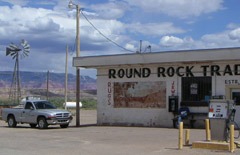
Inspections and Enforcement
The Region 9 UST program has direct enforcement authority over tribes and island territories.
Our enforcement program is designed to ensure that owners/operators of UST systems comply with the requirements of the law (RCRA, Subtitle I) and UST regulations found at 40 CFR 280. Our goal is to ensure that UST systems are installed, operated, maintained and closed in compliance with UST regulations to prevent harm to others and the environment. To achieve compliance, we conduct inspections, use enforcement actions and provide compliance assistance. Compliance with UST regulations not only protects human health and the environment, it makes good business sense too.

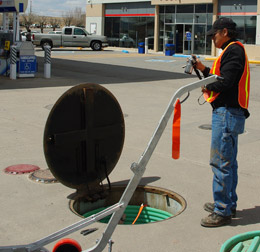
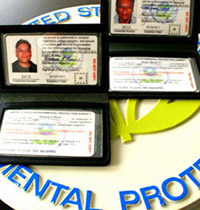
Tribal Lands
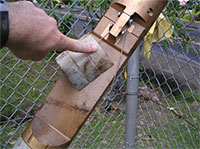
Inspectors work directly with 50 tribes who operate UST service station facilities. EPA inspectors perform joint inspections with tribal environmental staff. Most inspections are aimed at providing compliance assistance to owners and operators of sites. When repeated violations are found, field citations - which resemble "traffic tickets" - are issued on the spot. More serious violators may be issued enforcement orders and more severe fines. Inspectors also look for abandoned sites where tanks left in the ground may pose an environmental risk to the land and communities. EPA provides grants to tribes to help support their environmental programs in doing capacity building, training, and Corrective Action assistance.
EPA also provides funding to the Inter-Tribal Council of Arizona (ITCA) which is used for inspector classroom training and field compliance assistance for facility owner/operators and tribal staff.
For general Tribal information, including maps of reservations, see EPA Region 9 Tribal Program Office.
Island Territories
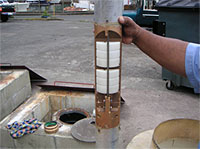
The Pacific territories of American Samoa, the Commonwealth of Northern Mariana Islands (CNMI), and Guam have seen significant increases in UST compliance rates.
Beginning January 2001, EPA conducted 19 UST facility inspections in American Samoa, finding 18 facilities out of compliance with release detection, release prevention, and financial assurance requirements. Using a combination of compliance tools, including partnering with the local EPA; writing field citations; issuing consent agreements; and developing media releases, EPA was successful in reaching 95 percent significant operational compliance rates with release prevention and release detection requirements.

In CNMI, every UST facility is inspected on a yearly basis by either the local environmental agency or EPA. EPA has issued a number of field citations and one consent order on Saipan. To leverage local resources, EPA inspectors also serve as hands-on training for the CNMI environmental staff.
Even though there is still much work to be completed on Guam, EPA has been working for the past five years to help owners at over 250 facilities meet the UST requirements. As a result, almost all service stations and military bases there are in significant operational compliance with release prevention and release detection requirements. EPA's main focus now on Guam is the large universe of non-marketers.
